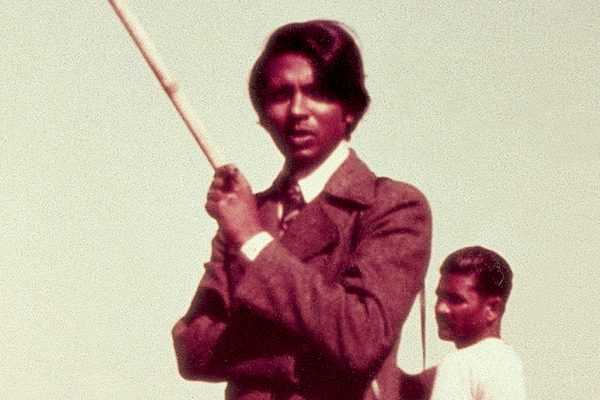BRAC’s origin story

A safe workplace is every woman’s right
8 March 2022
BRAC’s founder story (1936-2019)
20 March 20221971.
Bangladesh had just been born.
The air was thick with patriotism, igniting people to come together to build the new country that lay before them.
A country of fighters, faced with enormous challenges. Infrastructure, homes and livelihoods were destroyed, famine and disease were rampant. 70 million people crowded into destitute villages. Trapped in a futile loop: poor so they were powerless, powerless so they were poor.
Dreams of a prosperous Bangladesh, however, burned stronger.
Building this new country would not be an easy journey, but there was a sense of strength. People had their feet on the ground and their eyes on the future, imagining what Bangladesh could be.
Many initiatives emerged, including BRAC, led by Sir Fazle Hasan Abed. Abed bhai was a corporate executive who resigned from his job at Shell Pakistan to support the Liberation War, and then moved to Bangladesh to take the new country forward.
Abed bhai started with one small area – Sulla, northern Bangladesh. Identified the stakeholders, the believers, the leaders who could make change happen.
Relief work began. Bamboo was made into rafts and floated down rivers from India to build houses with, boats were built for fishermen, tools bought for farmers, seeds distributed. Medical teams were formed that could treat 200 people a day.
Then, tackling the most deadly diseases. A simple oral rehydration mixture that stopped the biggest child killer in Bangladesh, diarrhoea. Then control of tuberculosis and malaria.
Money was lent to pay for cows. This meant fresh milk and spare to sell. The cows became household dairies and then a nationwide distribution business. Agricultural and craft cooperatives were created. Surplus was always directed back to benefit people in villages.
Nutrition and food security was identified as a key challenge. Money was lent to women in rural areas to buy chickens, high quality eggs were imported and women were trained on hatching eggs at home. Poultry vaccination was initiated countrywide, with vaccines initially being transported in bananas. Maize cultivation was introduced to ensure poultry feed, then the setting up of large scale feed mills, poultry hatcheries and, finally, connecting the chicken farmers with buyers in urban markets.
Money became seeds, which were turned into crops. It became silk farming, which was turned into clothes. It became schools for non-formal education, low-cost healthcare, a university, a bank.
We worked hard to address the causes, not merely the symptoms, of Bangladesh’s widespread and deeply entrenched poverty and hunger. We turned to the long-term development of human potential – not limiting ourselves to one area, such as health, education, agriculture, or livelihoods, but working in all these sectors, applying a holistic set of solutions and evaluating the results along the way.
Today we are one of the leading development organisations in the world, employing over 100,000 enterprising people. Our work, across Asia and Africa, reaches over 100 million people. 14 million people have been reached through our ultra poverty programme. 15 million students have graduated from our schools. We have over 8 million microfinance clients and have distributed USD 4.7 billion in loans. 374,502 development projects have been undertaken by communities themselves. And in our own demonstration that we are the agents of our own change, 80% of our funding in Bangladesh comes from our enterprises.
Embedded in every person is the potential to build the life they want, for themselves, their families and their communities. What is missing too often for those living in inequality is the opportunity to experience their own potential. For the last 50 years we have been working to change that.
At BRAC, our experience reveals inequality as neither natural nor inevitable. We see it as a system we can successfully disrupt, one person at a time. Join us to build a world where that is possible.



